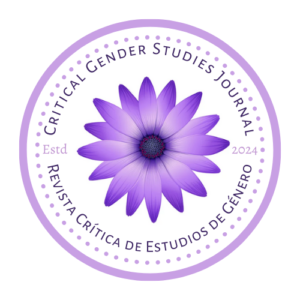Reading Between Worlds: Gendered Narratives in Fiction
Alexandra Stamson
Adjunct Professor of Philosophy, Purchase College, State University of New York, USA.
Abstract
This piece considers the way that we can use fictional narratives, especially secondary world stories, to examine the way that gender is translated from one world to another, and how that translation often perpetuates gender stereotypes, hierarchical biases, and sustained gender oppression. In the final section of this paper, three concepts of narrative design are defined: gender-apparent, gender-insinuated, and gender-absent. All three concepts explain how gender can be presented in secondary worlds, with gender-apparent narratives referring to gender being presented explicitly, gender-insinuated as implicitly, and gender-absent as excluded, and the benefits and detriments of all three. The goal of this piece is to provide methods of analysis for fictional narratives in relation to the presentation of contemporary gender systems and the possibility of perpetuating damaging ideologies.
Keywords: Gender theory, narrative theory, media studies, gender-apparent narratives, gender-insinuated narratives, gender-absent narratives, speculative fiction and fantasy, norms, norm/anti-norm, hermeneutical resources, gender binary, secondary worlds.
| Funding: No funding was received for this research and publication. Conflicts of Interest: The author declared no conflicts of interest. Article History: Received: 01 April 2024. Revised: 12 April 2024. Accepted: 14 April 2024. First published: 18 April 2024. Copyright: © 2024 by the author/s. License: Critical Gender Studies Network (CGSN), India. Distributed under the terms and conditions of the Creative Commons Attribution (CC BY) license (https://creativecommons.org/licenses/by/4.0/). Published by: Critical Gender Studies Network (CGSN) Citation: Stamson, A. (2024). Reading Between Worlds: Gendered Narratives in Fiction. Critical Gender Studies Journal. 1:1. https://cgsjournal.com/v1/n1/v1n103.pdf |





